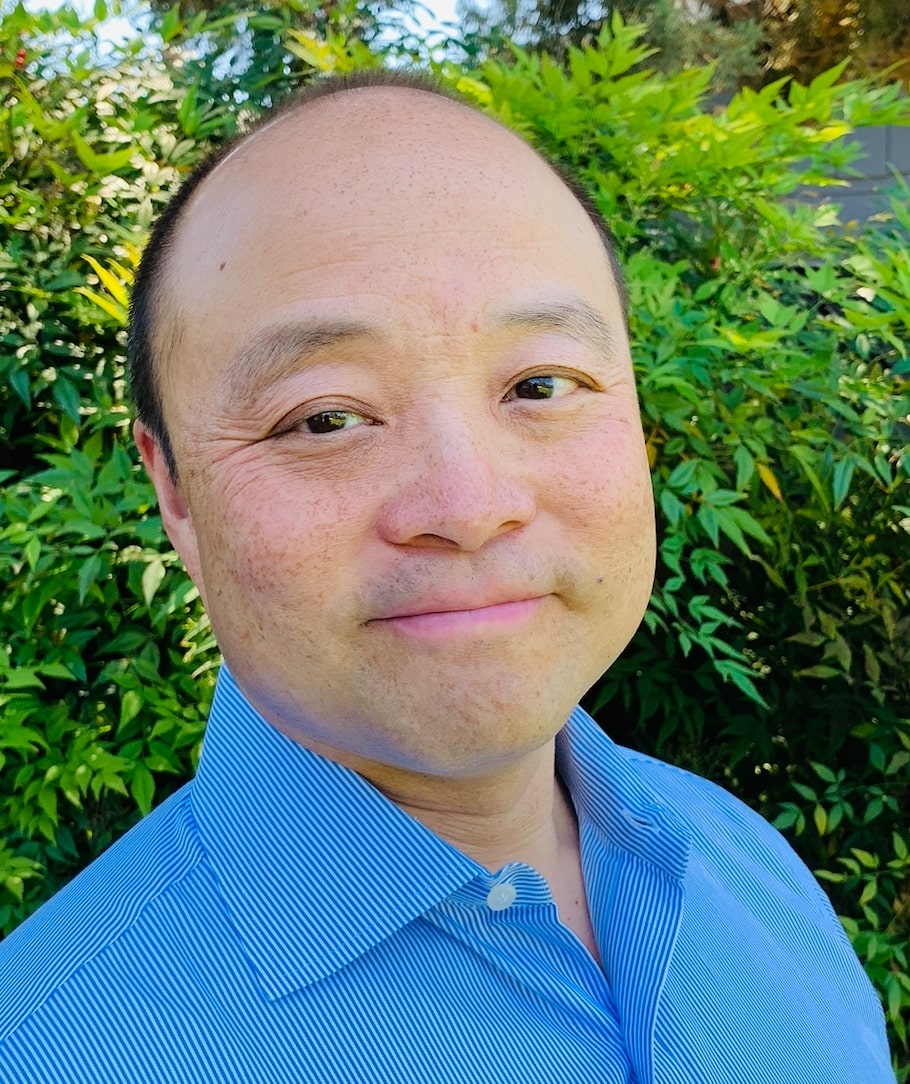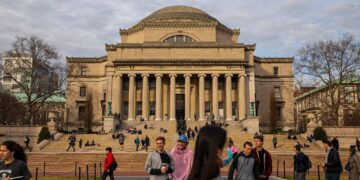LK99 is the proposed room temperature superconductor and IF it is confirmed as a superconductor then it will likely be a new class of superconductor. It is different than the previously known type 1 and type 2 superconductors. We will need to discover more variants than the first lead-apatite copper phosphorous material. This will help us understand what will likely be a whole class of superconducting material.
The new LK99 material has superconducting pathways that might be are one-dimensional or the initial production is too impure for full three dimensional levitation and superconduction.
Proposed mechanisms for LK99 superconductivity
Partial replacement of Pb2+ ions (measuring 133 picometres) with Cu2+ ions (measuring 87 picometres) is said to cause a 0.48% reduction in volume, creating internal stress inside the material]: The internal stress is claimed to cause a heterojunction quantum well between the Pb(1) and oxygen within the phosphate ([PO4]3−) generating a superconducting quantum well (SQW).
There are proposed theories that LK-99 is a Mott or charge transfer insulator, that electron or hole doping is needed to make it (super)conducting.

Type-II Superconductor
In superconductivity, a type-II superconductor is a superconductor that exhibits an intermediate phase of mixed ordinary and superconducting properties at intermediate temperature and fields above the superconducting phases. It also features the formation of magnetic field vortices with an applied external magnetic field. This occurs above a certain critical field strength Hc1. The vortex density increases with increasing field strength. At a higher critical field Hc2, superconductivity is destroyed. Type-II superconductors do not exhibit a complete Meissner effect.
Type-II superconductors are usually made of metal alloys or complex oxide ceramics. All high temperature superconductors are type-II superconductors. While most elemental superconductors are type-I, niobium, vanadium, and technetium are elemental type-II superconductors. Boron-doped diamond and silicon are also type-II superconductors. Metal alloy superconductors can also exhibit type-II behavior (e.g. niobium-titanium, one of the most common superconductors in applied superconductivity), as well as intermetallic compounds like niobium-tin.
Other type-II examples are the cuprate-perovskite ceramic materials which have achieved the highest superconducting critical temperatures. These include La1.85Ba0.15CuO4, BSCCO, and YBCO (Yttrium-Barium-Copper-Oxide), which is famous as the first material to achieve superconductivity above the boiling point of liquid nitrogen (77 K). Due to strong vortex pinning, the cuprates are close to ideally hard superconductors.

(1) Type – I Superconductors: Low Temperature Superconductors.
(2) Type – II Superconductors: High Temperature Superconductors.

Type-1.5 superconductors are multicomponent superconductors characterized by two or more coherence lengths, at least one of which is shorter than the magnetic field penetration length and at least one of which is longer.
Unconventional Superconductors Like Graphene
Unconventional superconductors are materials that display superconductivity which does not conform to either the conventional BCS theory or Nikolay Bogolyubov’s theory or its extensions.
he superconducting properties of CeCu2Si2, a type of heavy fermion material, were reported in 1979 by Frank Steglich. For a long time it was believed that CeCu2Si2 was a singlet d-wave superconductor, but since the mid 2010s, this notion has been strongly contested. In the early eighties, many more unconventional, heavy fermion superconductors were discovered, including UBe13, UPt3 and URu2Si2. In each of these materials, the anisotropic nature of the pairing was implicated by the power-law dependence of the nuclear magnetic resonance (NMR) relaxation rate and specific heat capacity on temperature. The presence of nodes in the superconducting gap of UPt3 was confirmed in 1986 from the polarization dependence of the ultrasound attenuation.
The first unconventional triplet superconductor, organic material (TMTSF)2PF6, was discovered by Denis Jerome, Klaus Bechgaard and coworkers in 1980. Experimental works by Paul Chaikin’s and Michael Naughton’s groups as well as theoretical analysis of their data by Andrei Lebed have firmly confirmed unconventional nature of superconducting pairing in (TMTSF)2X (X=PF6, ClO4, etc.) organic materials.
In 2017, scanning tunneling microscopy and spectroscopy experiments on graphene proximitized to the electron-doped (non-chiral) d-wave superconductor Pr2−xCexCuO4 (PCCO) revealed evidence for an unconventional superconducting density of states induced in graphene. In March 2018, there is published evidence for unconventional superconducting properties of a graphene bilayer where one layer was offset by a “magic angle” of 1.1° relative to the other.
Three more replications of diamagnetism in LK-99
A re-cap of who they are and where to find them:@andrewmccalip working out of the @VardaSpace
laboratories has replicated the apparent diamagnetic properties of LK-99 in the video attached. He did so following the recipe… pic.twitter.com/Cl8pxMLrbo
— Andrew Cote (@Andercot) August 4, 2023
this was released early but like i said before all of these complaints are of the form “it doesn’t look like a type-1 type2 superconductor like we expect” but do not exclude other types of superconductivity/exotic physics, like superdiamagnetism (or whatever)
— Danielle Fong 🙋🏻♀️ (@DanielleFong) August 1, 2023
A lot of trust is going into an arxiv report which absolutely does not provide the compositional evidence to suggest there is in fact an O vacancy. You need a boatload move evidence for this. It is likely OH since this stuff is made in air. Building that structure now.
— Christopher H. Hendon (@chhendon) August 3, 2023


Brian Wang is a Futurist Thought Leader and a popular Science blogger with 1 million readers per month. His blog Nextbigfuture.com is ranked #1 Science News Blog. It covers many disruptive technology and trends including Space, Robotics, Artificial Intelligence, Medicine, Anti-aging Biotechnology, and Nanotechnology.
Known for identifying cutting edge technologies, he is currently a Co-Founder of a startup and fundraiser for high potential early-stage companies. He is the Head of Research for Allocations for deep technology investments and an Angel Investor at Space Angels.
A frequent speaker at corporations, he has been a TEDx speaker, a Singularity University speaker and guest at numerous interviews for radio and podcasts. He is open to public speaking and advising engagements.
>>> Read full article>>>
Copyright for syndicated content belongs to the linked Source : Next Big Future – https://www.nextbigfuture.com/2023/08/lk-99-will-be-a-new-and-different-type-of-superconductor-lk99.html































